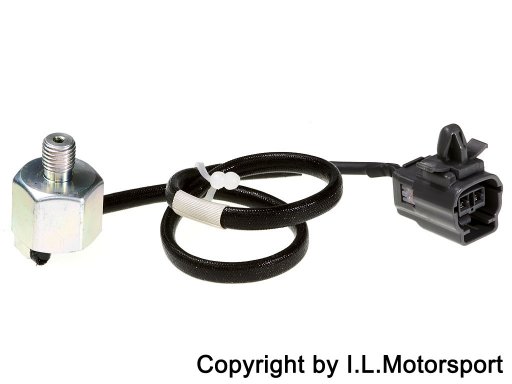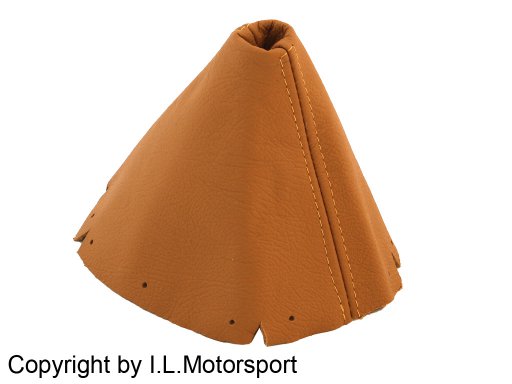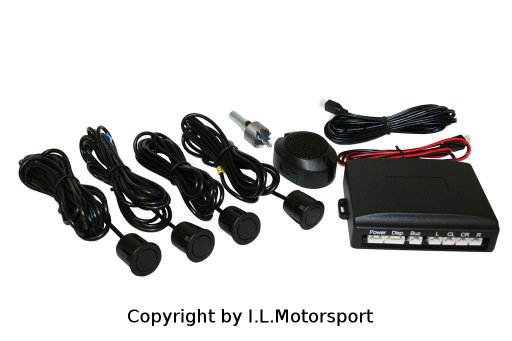Sensor Knock
Delivery time for other countries differs
- Mazda MX-5 MK2 & MK2,5 1998 - 2005
- Item weight: 0,1kg
Original knock sensor . Fits all NB.......................The knock sensor or acceleration sensor is a component of the electronic knock control in a combustion engine. It is a structure-borne sound sensor whose signal is analysed for the high-frequency vibration components typical of knocking with the aid of electronic filters and a digital signal processor. One or more of these sensors should recognise detonations in any cylinder. In some cases, this acoustic process can lead to false signals due to other mechanical influences (stone impact, etc.).
The knock sensor can be seen as the ear of an electronic assembly that picks up engine vibrations or vibrations from combustion engines and supplies these as input signals in the form of electrical voltage to the engine control unit, which in turn compares these with predefined values. If the knock sensor registers engine knocking, the ignition timing is automatically adjusted towards "late" until no more knocking noises are detected. The ignition timing is then gradually adjusted back towards "early" until knocking is detected again. Early ignition timing leads to better utilisation of the combustion energy and therefore to increased power and better engine efficiency. This control keeps the engine permanently close to the so-called knock limit. In this way, the highest possible power output is achieved and thus an optimum operating mode of the engine in terms of efficiency. It also compensates for fluctuations in fuel quality and thus prevents engine damage.
In electrical terms, the knock sensor is a piezoelectric sensor. More precisely, it is a longitudinal element.
Engine knocking is caused by self-ignition of the mixture in the final throttle range. This mainly occurs when fuel with a low octane rating is used. During compression and after the onset of combustion, the temperature and pressure in the cylinder rise sharply. In areas that are reached very late by regular combustion, the so-called end gas area, pre-reactions occur in the remaining fresh mixture, which lead to this mixture being spontaneously converted when a critical temperature threshold is exceeded before it is reached by the actual flame. In contrast to "normal" deflagrative combustion, this is referred to as detonation.
Modern petrol engines tend to knock partly because a high compression ratio is desirable from a thermodynamic point of view. Common values here are 8.5:1 for turbocharged engines, 10.5:1 for naturally aspirated engines with intake manifold injection and up to 12:1 for naturally aspirated engines with direct injection. However, the high compression ratio also results in high peak pressures and temperatures, which favour the auto-ignition described above...... I.L.-Motorsport is not responsible for the content of this text.....
Source: Wikipedia
Mazda Motor Corporation
3-1 Shinchi
730-8670 Fuchu-cho / Aki-gun / Hiroshima
Japan
info@mazda.co.jp
Mazda Motors (Deutschland) GmbH
Hitdorfer Straße 73
51371 Leverkusen
Deutschland
info@mazda.de








